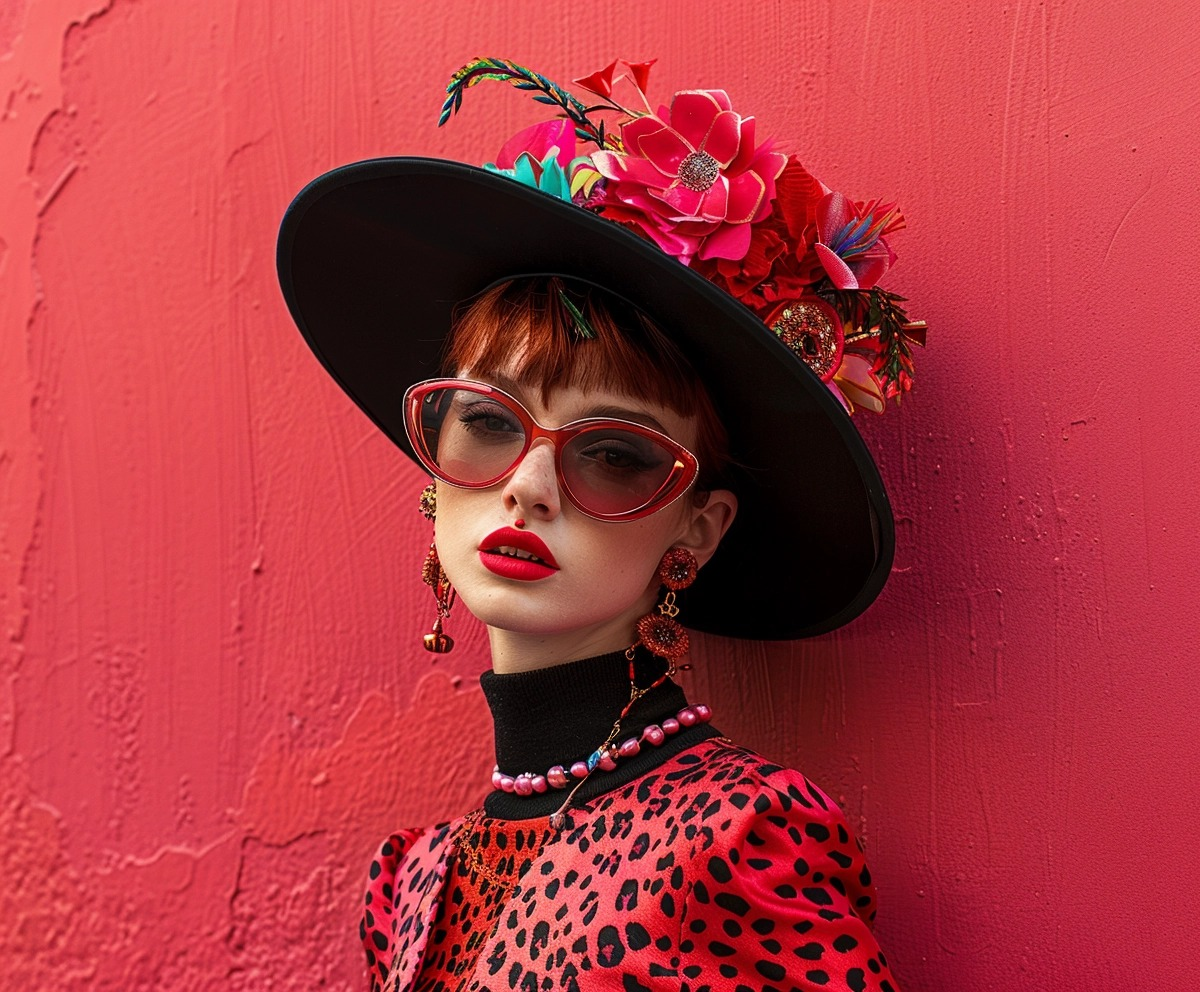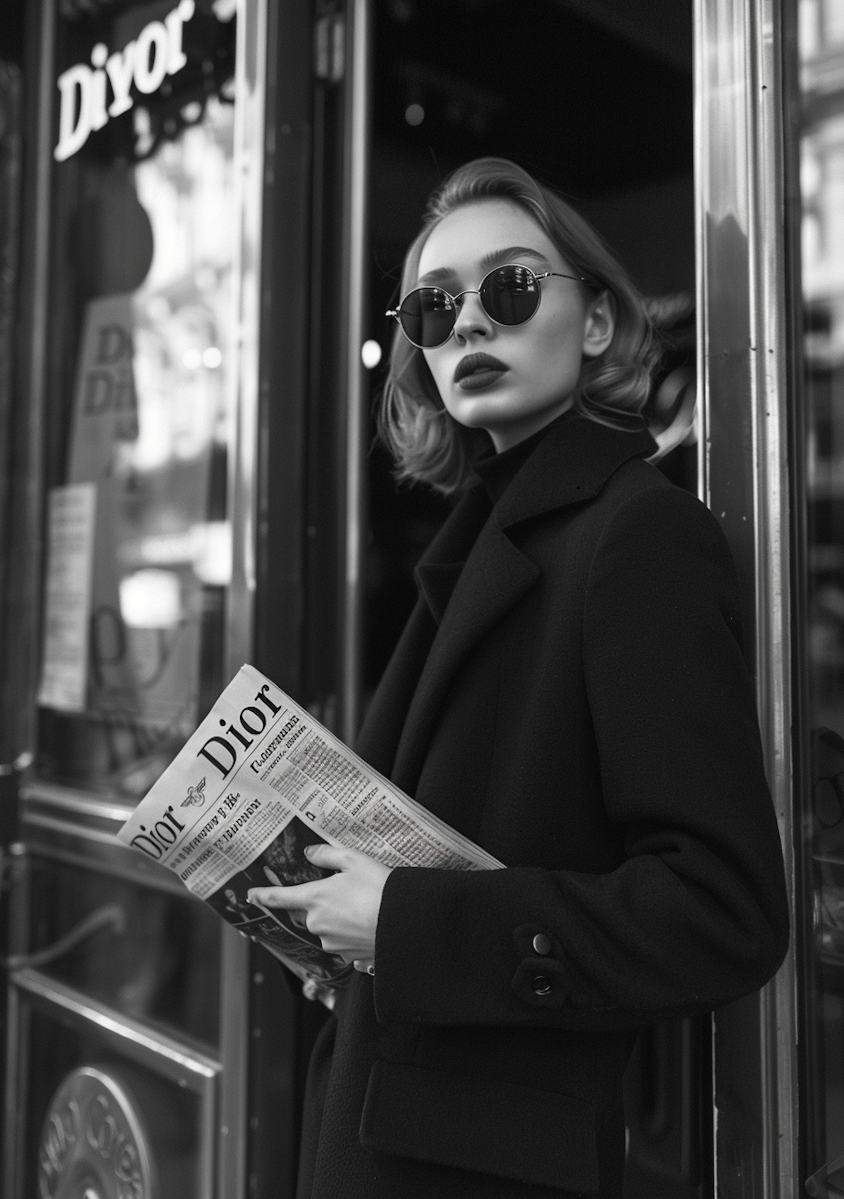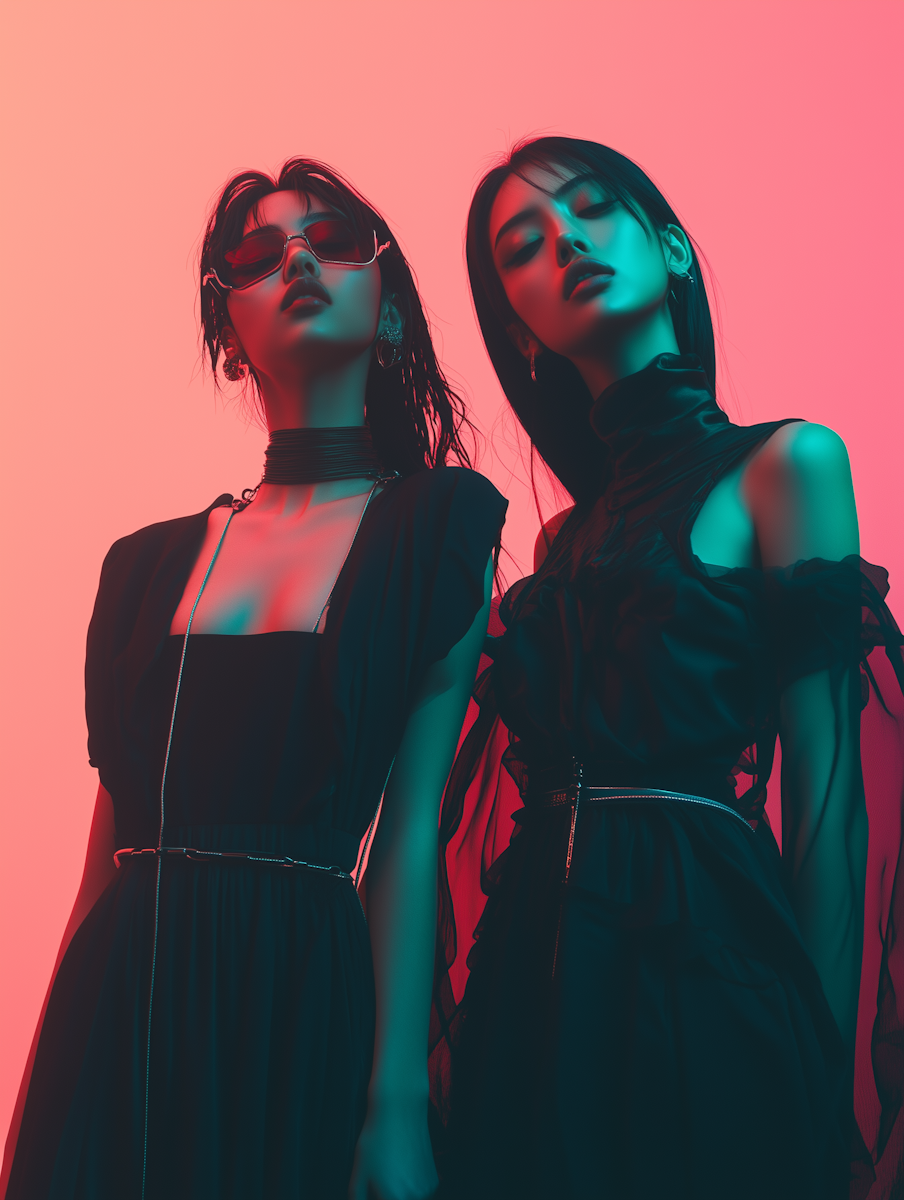Table of Contents
The history of fashion icons is a rich tapestry woven through decades of evolving trends, cultural revolutions, and timeless elegance. These individuals weren’t just trend-followers; they were trendsetters, tastemakers, and trailblazers who redefined what it means to be stylish. From the Golden Age of Hollywood to the Instagram influencers of today, fashion icons have shaped how we express identity through clothing.
Whether you’re a fashion student, style enthusiast, or simply curious about the greats who shaped wardrobes around the world, join us as we dive deep into the history of fashion icons and what made their influence so everlasting.
The Early Icons: Classic Elegance
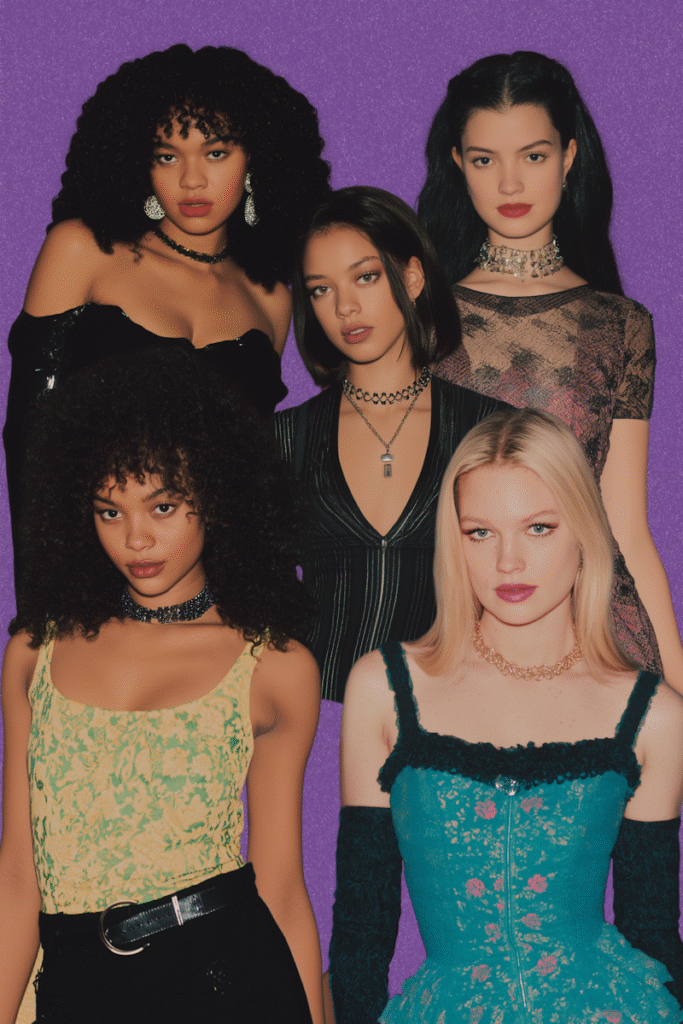
The history of fashion icons begins in the early 20th century when elegance and glamour defined style.
Coco Chanel (1883–1971)
Chanel liberated women from corsets and introduced relaxed yet elegant silhouettes. Her signature looks—tweed suits, little black dresses, and quilted handbags—remain symbols of luxury and simplicity.
Audrey Hepburn
With her minimalist style, cropped pants, ballet flats, and Givenchy gowns, Hepburn defined timeless grace. Her role in Breakfast at Tiffany’s cemented her as a global fashion icon.
Grace Kelly
The epitome of regal beauty, Kelly’s polished wardrobe, and demure dresses gave rise to the “princess style,” influencing bridal and formal wear even decades later.
The Revolutionary Icons: 1960s–1980s
This period in the history of fashion icons was all about change, freedom, and breaking norms.
Twiggy
The face of London’s Mod era, Twiggy’s boyish haircut and bold lashes changed beauty standards and fashion forever.
David Bowie
Bowie blurred gender lines and fused music with style, introducing androgynous glam to the mainstream. His Ziggy Stardust persona remains an iconic reference.
Madonna
Queen of reinvention, Madonna defined 80s fashion with lace gloves, layered jewelry, and rebellious attitude. Her collaborations with Jean Paul Gaultier pushed boundaries.
The Supermodel Era: 1990s
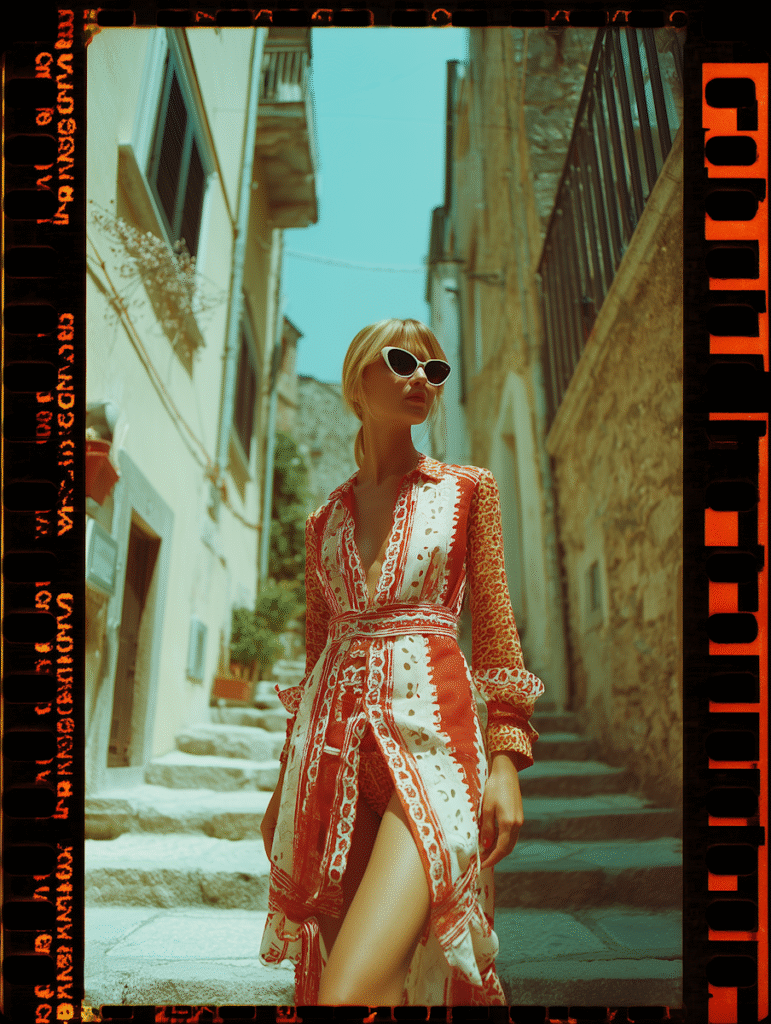
The 90s were a golden age in the history of fashion icons as supermodels became household names.
Naomi Campbell, Kate Moss, Cindy Crawford
These models weren’t just catwalk figures—they were cultural icons. Their off-duty looks popularized slip dresses, mom jeans, and crop tops.
Princess Diana
Diana’s fashion evolution—from demure royal to confident trendsetter—made her a beloved icon. Her oversized sweaters, evening gowns, and off-duty mom style inspired millions.
Modern-Day Fashion Icons
Social media has expanded the definition of a fashion icon. Today’s influencers command global audiences and drive trends in real time.
Rihanna
From Met Gala showstoppers to streetwear elegance, Rihanna’s fearless style and Savage X Fenty line make her one of today’s most powerful icons.
Zendaya
Known for her bold red carpet looks and fashion versatility, Zendaya continues to impress as a Gen-Z icon of confidence and individuality.
Harry Styles
By embracing gender-fluid fashion, Styles has redefined masculinity in fashion—blending suits with pearls, and florals with tailored jackets.
Why Fashion Icons Matter
The history of fashion icons reflects not just aesthetic preferences but cultural shifts—rebellion, liberation, innovation, and identity. Fashion icons challenge norms, open new paths for self-expression, and continually influence the way we dress.
FAQs About the History of Fashion Icons
Q1: What makes someone a fashion icon?
A: A fashion icon has a distinct, influential style that stands the test of time. They inspire trends, break boundaries, and often become synonymous with a particular aesthetic or era.
Q2: Who was the first major fashion icon in modern history?
A: Coco Chanel is often credited as the first modern fashion icon due to her revolutionary approach to women’s fashion in the early 1900s.
Q3: How has social media changed fashion icons?
A: Platforms like Instagram and TikTok allow influencers to gain icon status much faster. Their reach is global, and their impact can be immediate compared to traditional media icons.
Q4: Can someone become a fashion icon without being a celebrity?
A: Yes. Stylists, bloggers, and even everyday individuals have become icons through personal style, especially in the digital age where visibility and influence are democratized.
Q5: Do fashion icons influence designers or vice versa?
A: Both. Fashion icons often wear and promote designer looks, while designers are inspired by the personal style of icons. It’s a dynamic and symbiotic relationship.
Final Thoughts
The history of fashion icons is a journey through time, personality, and self-expression. From the classic elegance of Audrey Hepburn to the fearless modernity of Zendaya, fashion icons continue to redefine what style means in every generation. Whether you’re drawing inspiration from vintage photos or following today’s trendsetters online, remember: fashion is not about copying—it’s about creating your own iconic look.

